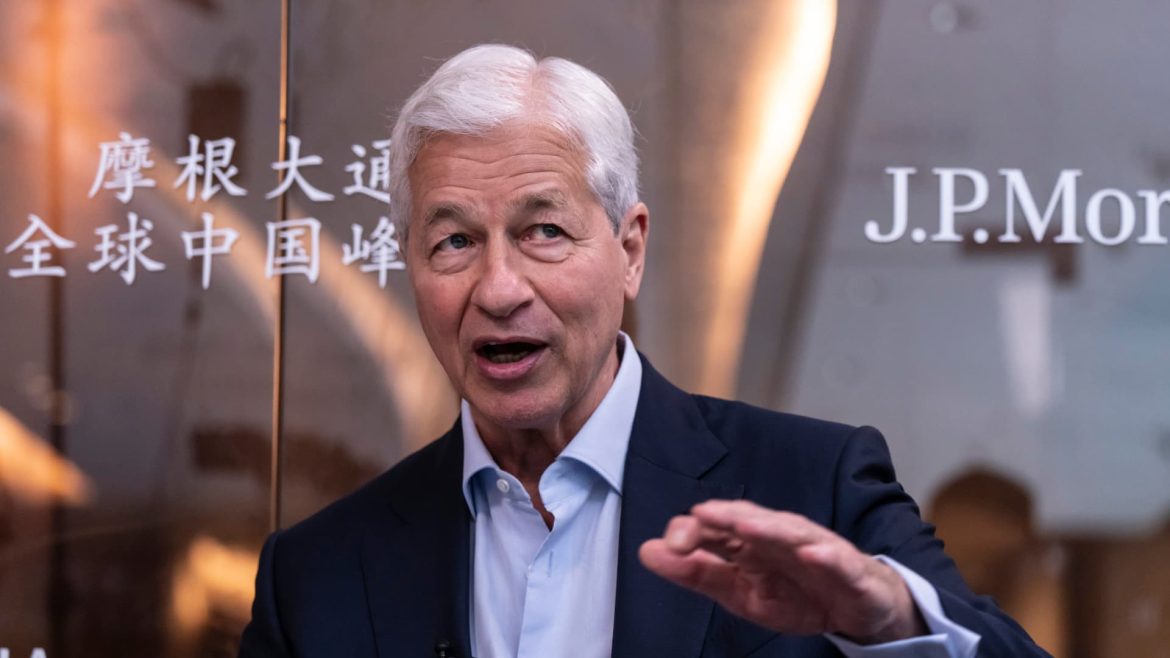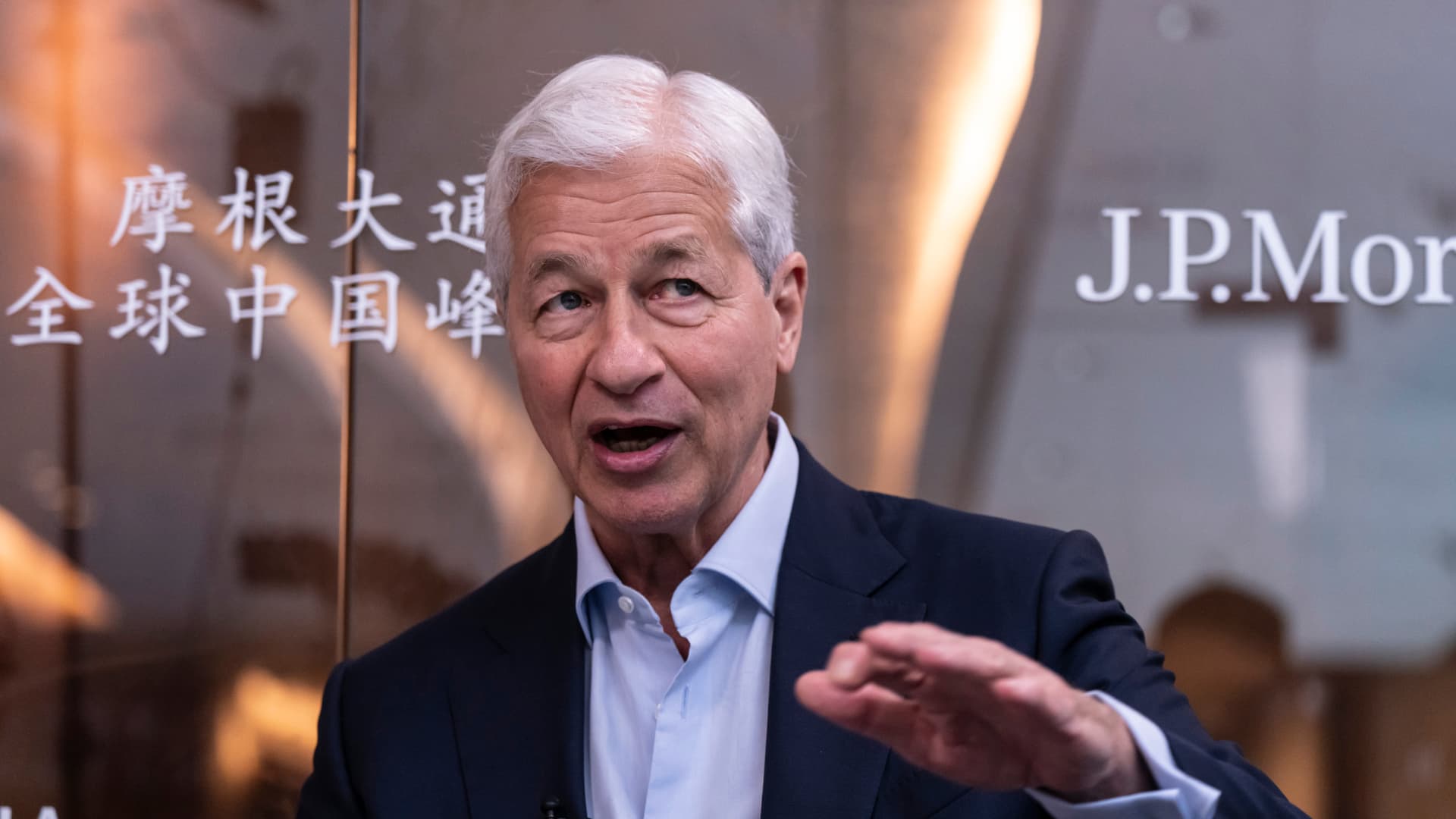JPMorgan Chase’s Expansion into Retail Bond Trading: A Comprehensive Analysis
JPMorgan Chase is making a significant move to bolster its presence in the retail investment landscape, specifically by integrating advanced bond trading tools into its mobile application. This initiative represents a strategic effort to attract and serve a broader investor base, leveraging the bank’s substantial assets and existing infrastructure. This report analyzes the implications of this expansion, examining the context, features, potential impact, and underlying motivations driving this development.
The Landscape of JPMorgan Chase’s Investment Services
JPMorgan Chase & Co. is a global financial powerhouse, currently managing approximately $4.4 trillion in assets. Its wealth management division, J.P. Morgan Wealth Management, oversees $1 trillion of assets with a network of around 5,800 advisors. The company’s core strength lies in its established position across various financial sectors, but its online brokerage presence has historically been comparatively smaller. This expansion into bond trading for retail investors signifies a deliberate attempt to capitalize on its existing resources and broaden its reach within the competitive investment market. The company emphasizes client choice, allowing investors to select their preferred investment methods and platforms.
The Mobile-First Approach to Bond Trading
The centerpiece of this expansion is the enhancement of the Chase Mobile® app to include bond trading functionality. This move aligns with the broader trend of mobile-first investing, catering to the increasing number of investors who prefer to manage their portfolios on smartphones and tablets. The development team prioritized a seamless user experience, utilizing common components from the existing Chase Mobile app to ensure familiarity for users. The design philosophy centers on simplicity, cleanliness, and user-friendliness.
Importantly, the mobile architecture is designed to be modular, allowing for the future integration of additional features such as mutual funds, dollar-based trading, and options trading. This forward-looking approach suggests a commitment to continuous improvement and expansion of the platform’s capabilities. The transition from a hybrid mobile app to a native app, specifically developed for iOS and Android, underscores this commitment to performance and user experience.
Accessibility and Investment Minimums
JPMorgan is lowering the barrier to entry for bond investing, allowing users to begin trading with as little as $1. This accessibility is a key differentiator, potentially attracting new investors who may have been previously deterred by higher minimum investment requirements. This strategy is designed to democratize access to fixed income investments, traditionally considered the domain of wealthier investors.
However, it’s crucial to note the inherent investment risks associated with bond trading, including the potential loss of principal. JPMorgan Chase explicitly states this risk in its disclosures, emphasizing the importance of informed investment decisions.
Market Context and Competitive Positioning
The timing of this expansion is noteworthy. The bond market is projected to reach $1 trillion in 2025, despite prevailing political and economic headwinds. This growth potential provides a compelling rationale for JPMorgan’s investment in this area.
While JPMorgan Chase is the largest U.S. bank by assets, it currently holds a relatively small share of the online brokerage market. This move is a direct attempt to gain market share and compete more effectively with established online brokers. The addition of bond trading is intended to make JPMorgan Chase a more comprehensive investment platform, capable of meeting a wider range of investor needs.
Furthermore, the broader financial landscape is witnessing significant activity. The proposed merger between UBS and Credit Suisse, and the subsequent rise in UBS shares, highlights the ongoing consolidation and restructuring within the financial industry. JPMorgan’s strategic moves must be viewed within this context of evolving market dynamics.
Broader Economic and Investment Trends
Several broader economic trends are influencing JPMorgan’s strategy. The increasing focus on Environmental, Social, and Governance (ESG) investing is driving demand for sustainable bonds, as evidenced by the $44 million financing round for Energy Dome’s CO2 storage project and the $1.1 billion debt refinancing for AGL Energy’s renewable energy projects.
Additionally, concerns about tariffs and their impact on various sectors are prompting investors to diversify their portfolios. Fixed income investments, such as bonds, are often considered a safe haven during periods of economic uncertainty. JPMorgan’s emphasis on fixed income investments aligns with this trend, offering investors a means to mitigate risk and preserve capital. Analysts at JPMorgan Chase also predict continued increases in bank lending, despite a weakening $1 trillion market.
Jamie Dimon’s Vision and Long-Term Strategy
The current initiatives align with the long-term vision articulated by Jamie Dimon, CEO of JPMorgan Chase, in his annual letter to shareholders in 2017. While the letter predates the specific bond trading expansion, it reflects a broader commitment to growth and innovation. Dimon highlighted plans to build up to 400 Chase branches in new markets, demonstrating a proactive approach to expanding the bank’s reach and serving a wider customer base.
The current expansion of mobile trading capabilities represents a continuation of this strategy, leveraging technology to deliver financial services to a broader audience. The company’s substantial asset base – approximately $9 trillion at the time of the 2017 letter – provides a solid foundation for these investments.
The Future of J.P. Morgan’s Mobile Investment Platform
The modular architecture of the J.P. Morgan Mobile app suggests a roadmap for future development. The planned integration of mutual funds, dollar-based trading, and options trading will further enhance the platform’s functionality and appeal to a wider range of investors.
The app also serves as a central hub for managing accounts, tracking investments, moving money, and accessing thought leadership content. This comprehensive approach positions the J.P. Morgan Mobile app as a powerful tool for both novice and experienced investors. The platform is designed to be accessible 24/7, providing investors with the flexibility to manage their portfolios on their own terms.
Conclusion: A Strategic Bet on the Future of Retail Investing
JPMorgan Chase’s expansion into retail bond trading via its mobile app is a calculated and strategic move. It’s a response to evolving investor preferences, a desire to capture a larger share of the online brokerage market, and a commitment to leveraging technology to deliver innovative financial services. By lowering investment minimums, prioritizing user experience, and building a modular platform for future expansion, JPMorgan is positioning itself as a major player in the increasingly competitive landscape of retail investing. This initiative isn’t merely about adding a new feature; it’s about redefining JPMorgan Chase’s relationship with the individual investor and solidifying its position as a leader in the future of finance.





